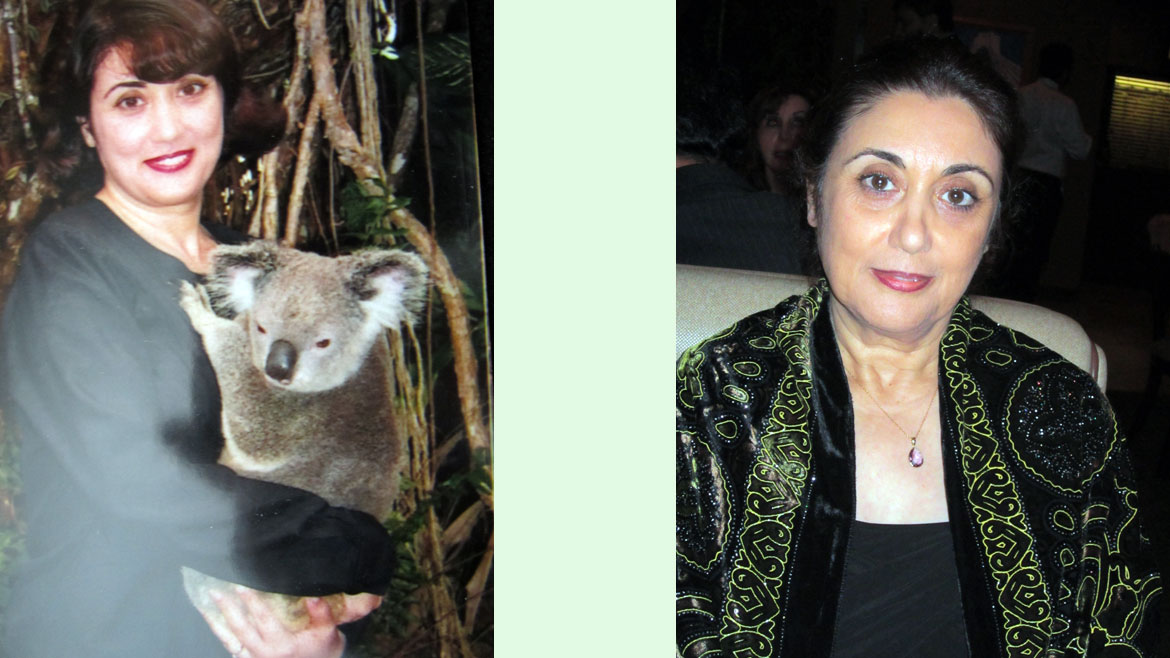Dr. Fleur T. Tehrani is a professor of electrical engineering emeritus at California State University, Fullerton.
She holds a BS degree in electrical engineering from Sharif University of Technology (formerly known as Arya-Mehr University), Tehran, Iran.
A graduate diploma from Imperial College of Science and Technology, London, an MS, and a Ph.D. degree in electrical engineering from University of London, UK.
Dr. Tehrani has published numerous articles in the field of biomedical engineering and is the sole inventor on 13 US and foreign patents.

Dr. Tehrani is the inventor of metabolic rate monitors and several respiratory assist devices including one of the most advanced respiratory control systems known as Adaptive Support Ventilation.
Two of her patented inventions have been licensed to industry and are presently used in practice worldwide. She has been a reviewer of many books and scientific journals and has served as an invited panelist for the National Science Foundation, the National Institute of Health, and the American Association for the Advancement of Science.
She is a registered Professional Engineer in the State of California and has received two NASA fellowships and a number of awards at the local and national levels for her research contributions.
Dr. Tehrani is a Life Fellow of the National Academy of Inventors (NAI), a Fellow of the Institution of Engineering and Technology (IET), a Fellow of the Institute for the Advancement of Engineering (IAE), and a National Life Member of Graduate Women in Science (GWIS).
- The invention patented under US Patent # 4,909,259 is used worldwide. This patent has been licensed to several manufacturers of metabolic rate monitors.
- The invention patented under US Patent # 4,986,268 is used worldwide. This patent has been licensed to Hamilton Medical Inc. and Hamilton Medical AG. The invention is considered one of the most advanced ventilatory systems in the world that is used mainly in the Intensive Care and Constant Care settings in hospitals. The invention is marketed as “Adaptive Support Ventilation.”


